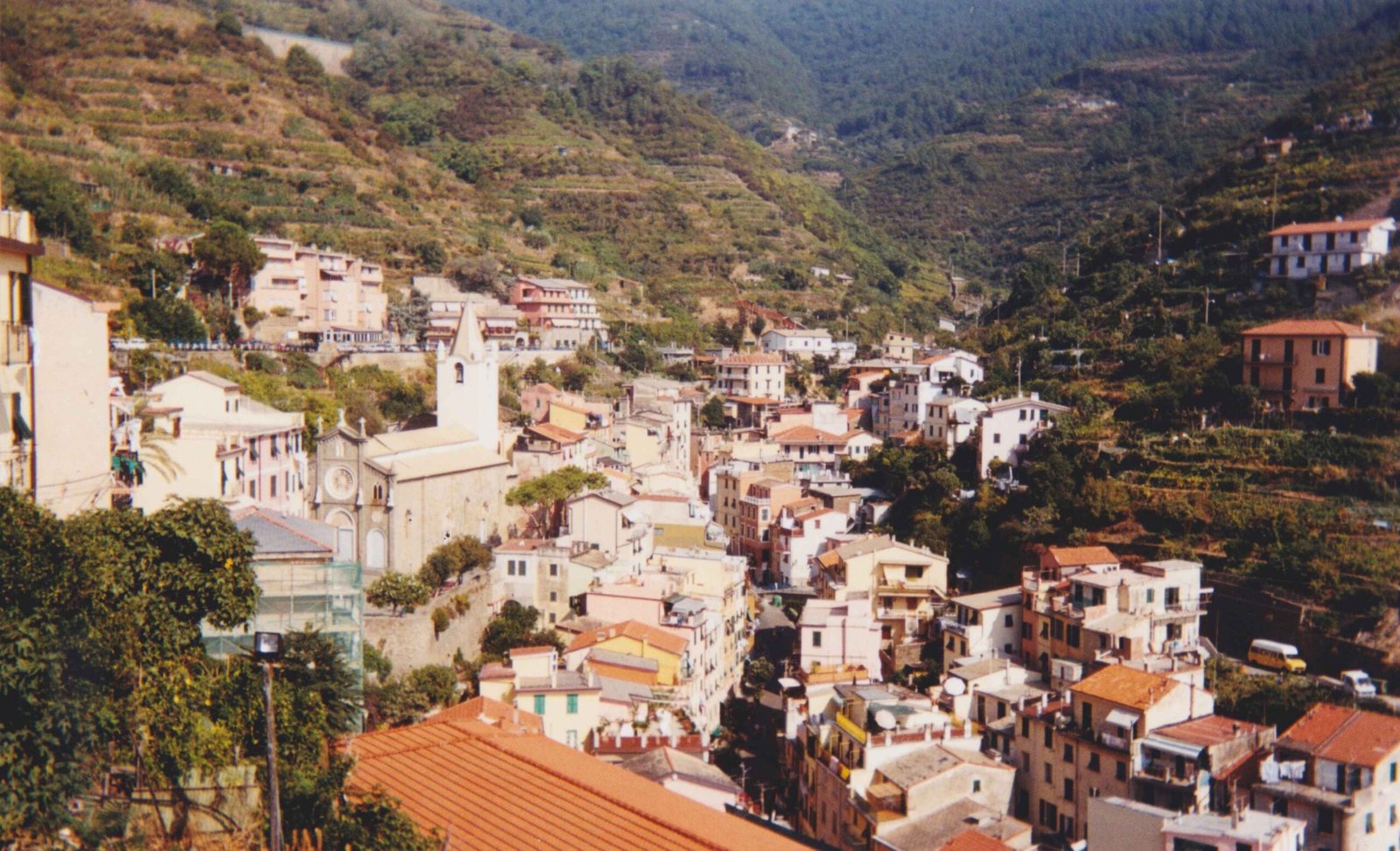Nestled along the rugged Italian Riviera coastline, Cinque Terre represents a breathtaking collection of five historic villages that have preserved their medieval charm and architectural significance for centuries. These UNESCO World Heritage Sites showcase an extraordinary blend of human engineering, defensive structures, and cultural resilience, with each village offering unique historical landmarks that tell stories of maritime defense, agricultural innovation, and community survival against challenging geographical conditions.
What Makes Cinque Terre Historical Sites Unique?
Cinque Terre’s historical sites are not just architectural remnants but living testimonies of human adaptation and cultural persistence. The villages of Vernazza, Monterosso, Corniglia, Manarola, and Riomaggiore each harbor remarkable historical structures that reflect centuries of human interaction with the challenging coastal landscape.
Key Defensive Structures in Cinque Terre
| Village | Historical Site | Year of Construction | Significance |
|---|---|---|---|
| Vernazza | Doria Castle | 16th Century | Pirate Defense Stronghold |
| Monterosso | Aurora Tower | 16th Century | Coastal Protection |
| Riomaggiore | Castle of Riomaggiore | 13th Century | Strategic Maritime Control |
Origins of Cinque Terre Settlements
The historical sites of Cinque Terre trace back to remarkable origins:
- Roman Period Foundations: Most villages have roots in Roman times
- Medieval Urban Development: Significant growth occurred between 12th-16th centuries
- Genoese Influence: Strong architectural and defensive design impacts
Architectural Characteristics of Historical Sites
Cinque Terre’s historical sites demonstrate extraordinary architectural features:
- Defensive stone constructions
- Terraced landscape integration
- Strategic coastal positioning
- Compact urban planning
- Multi-level building designs
How Did Historical Sites Protect Local Communities?
The historical sites in Cinque Terre were primarily designed for protection against maritime threats. Castles, towers, and fortified structures like the Doria Castle in Vernazza served critical defensive purposes:
- Pirate Attack Prevention: Elevated observation points
- Maritime Trade Protection: Strategic coastal monitoring
- Community Safety: Secure refuge during invasions
Notable Churches and Religious Structures
Religious buildings also played significant historical roles:
- Oratorio di San Giovanni Battista (Monterosso): 14th-century architectural marvel
- Church of San Pietro (Corniglia): Demonstrates medieval architectural evolution
- Gothic and Renaissance Design Elements: Prominent in religious structures
What Archaeological Evidence Exists?
Archaeological investigations reveal:
- Ceramic fragments dating back to Roman periods
- Ancient agricultural terracing systems
- Defensive wall remnants
- Maritime trade artifacts
Preservation and UNESCO Recognition
Cinque Terre’s historical sites gained UNESCO World Heritage status in 1997, acknowledging:
- Exceptional cultural landscape
- Human interaction with challenging terrain
- Sustainable agricultural practices
- Architectural preservation
Visitor Experience at Historical Sites
Practical Visitor Information
- Accessibility: Moderate difficulty, steep paths
- Tour Costs: €5-€10 per site
- Recommended Exploration Time: 2-3 hours per village
- Best Visiting Seasons: April-October
Recommended Guided Tour Options
- Historical Architecture Tours
- Archaeological Exploration Walks
- Cultural Heritage Experiences
Conservation Efforts
Modern preservation involves:
- Controlled tourism management
- Restoration of historical structures
- Landscape maintenance
- Community engagement programs
Expert Recommendations
- Book guided tours in advance
- Wear comfortable walking shoes
- Respect historical site regulations
- Consider off-peak season visits
Final Insights
Cinque Terre’s historical sites represent more than architectural monuments—they are living narratives of human resilience, cultural adaptation, and extraordinary architectural achievement.
Quick Facts
- Total Historical Sites: 15+ significant landmarks
- UNESCO Recognition: 1997
- Geographical Area: Approximately 10 square kilometers
- Oldest Structure: 12th-century stone bridges
Reference:
– Cinque Terre National Park Official Site
– UNESCO World Heritage Listing
– Italian Cultural Heritage Ministry

